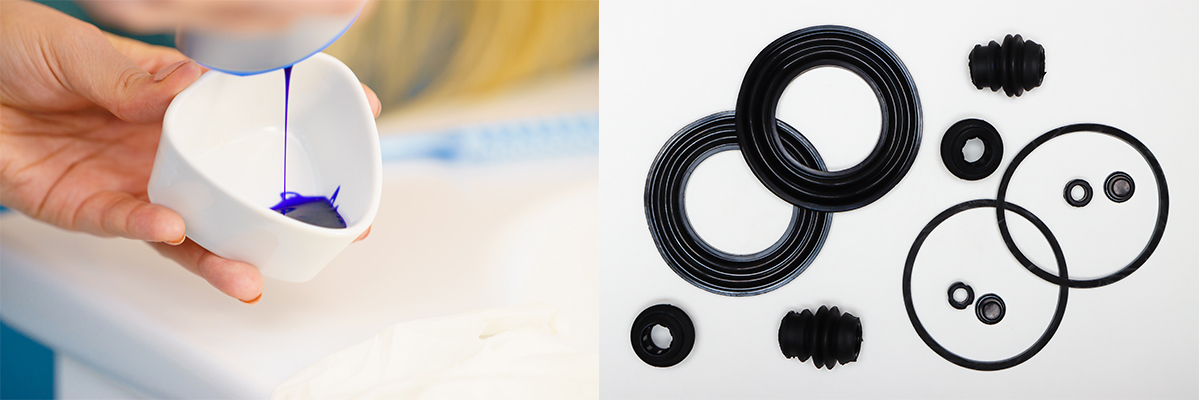CAS:6381-59-5
Pureza: el 99%
Molecular Formula:C4H12KNaO10
Molecular Weight:282.22
EINECS:613-385-0
El Período de almacenamiento:2 años
Synonyms:Sosiumpotassiumtartrate; POTASSIUM SODIUM TARTRATE REAGENT (ACS); POTASSIUM SODIUM TARTRATE TETRAHYDRATE, PH HELV; POTASSIUM SODIUM TARTRATE TETRAHYDRATE, REAGENTPLUS TM, >= 99%;


































































































